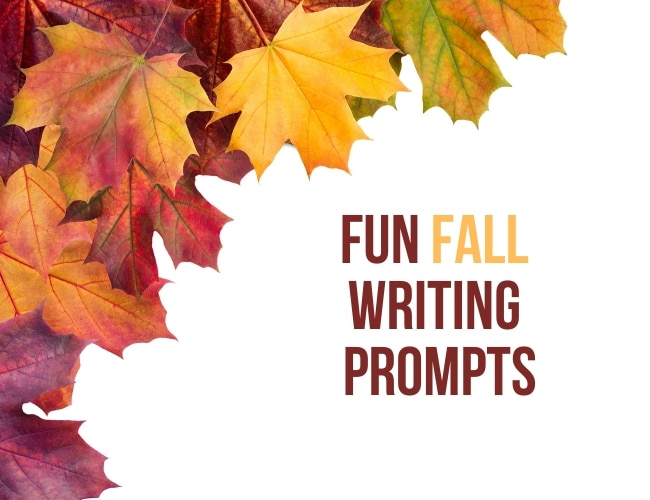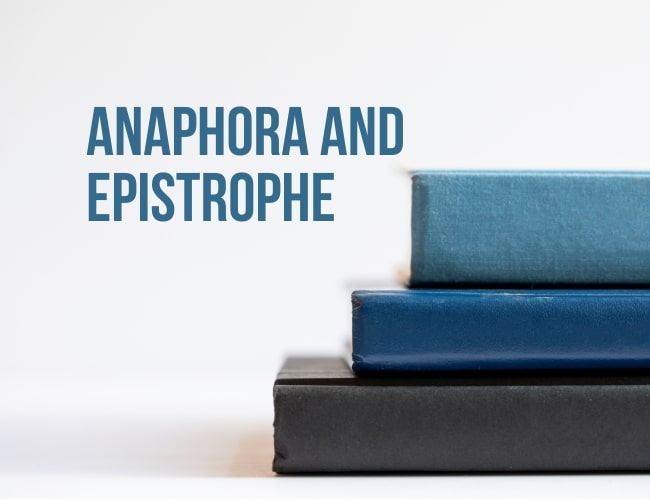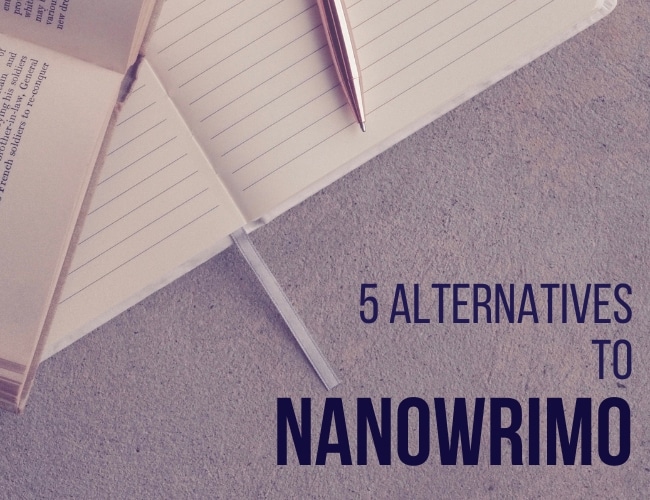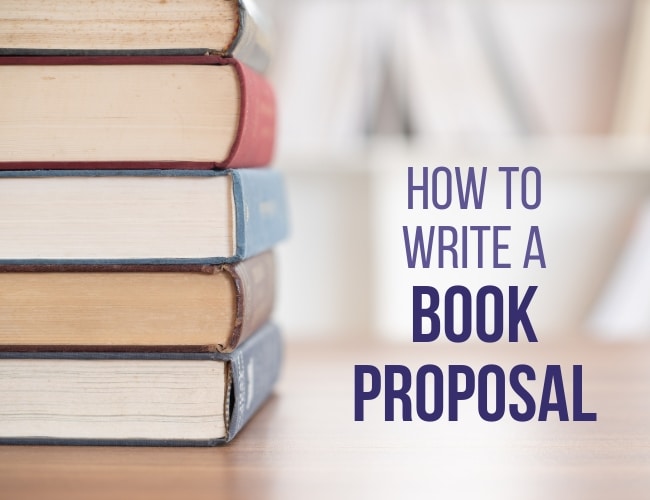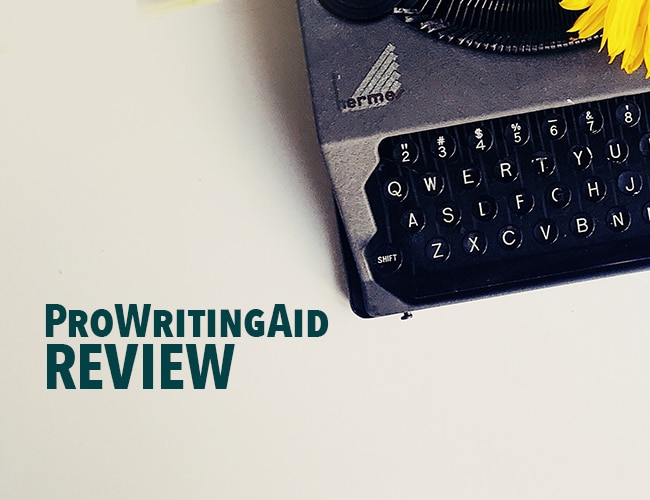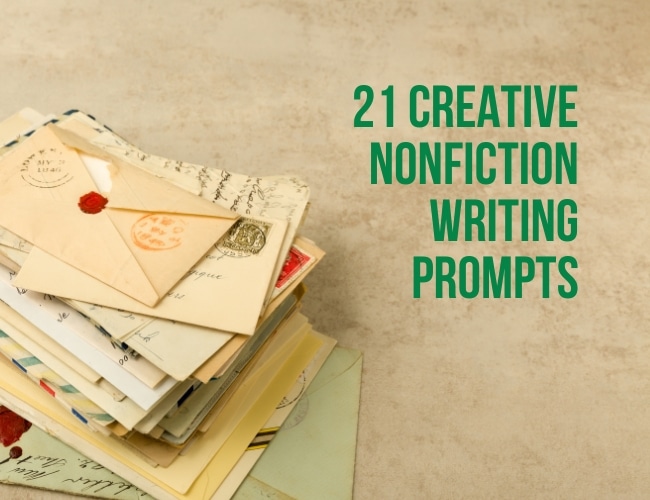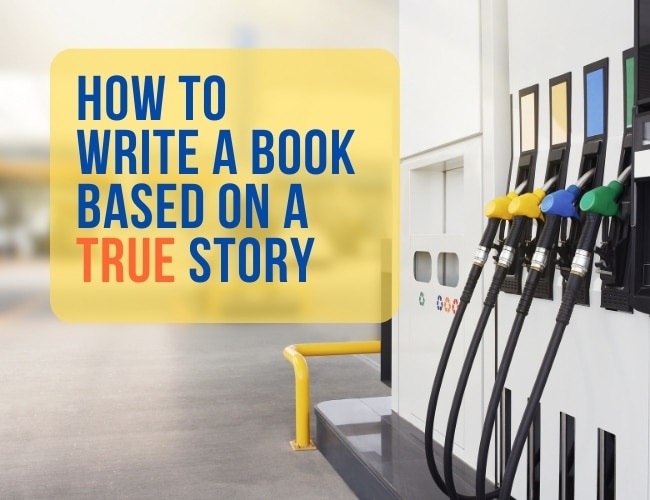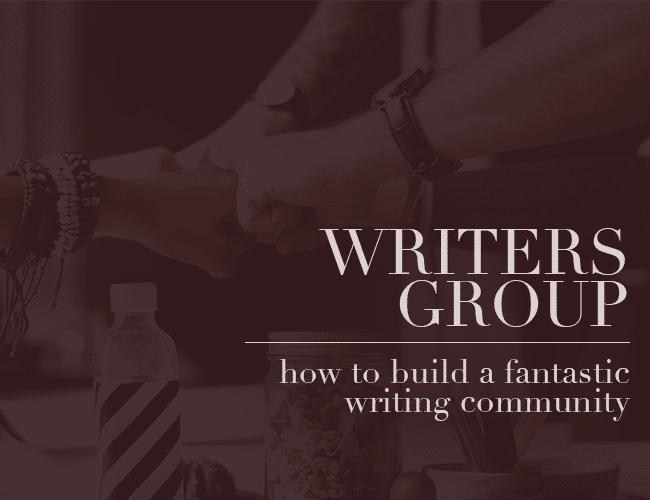Writing prompts are one of the best ways to get in your daily writing practice and hone your writing skills. Whether you’re a parent or teacher trying to help reluctant writers get started or a seasoned pro looking for new ideas, today we have a series of fun fall writing prompts to help you transition from the summer season into the autumn, writing all the way.
